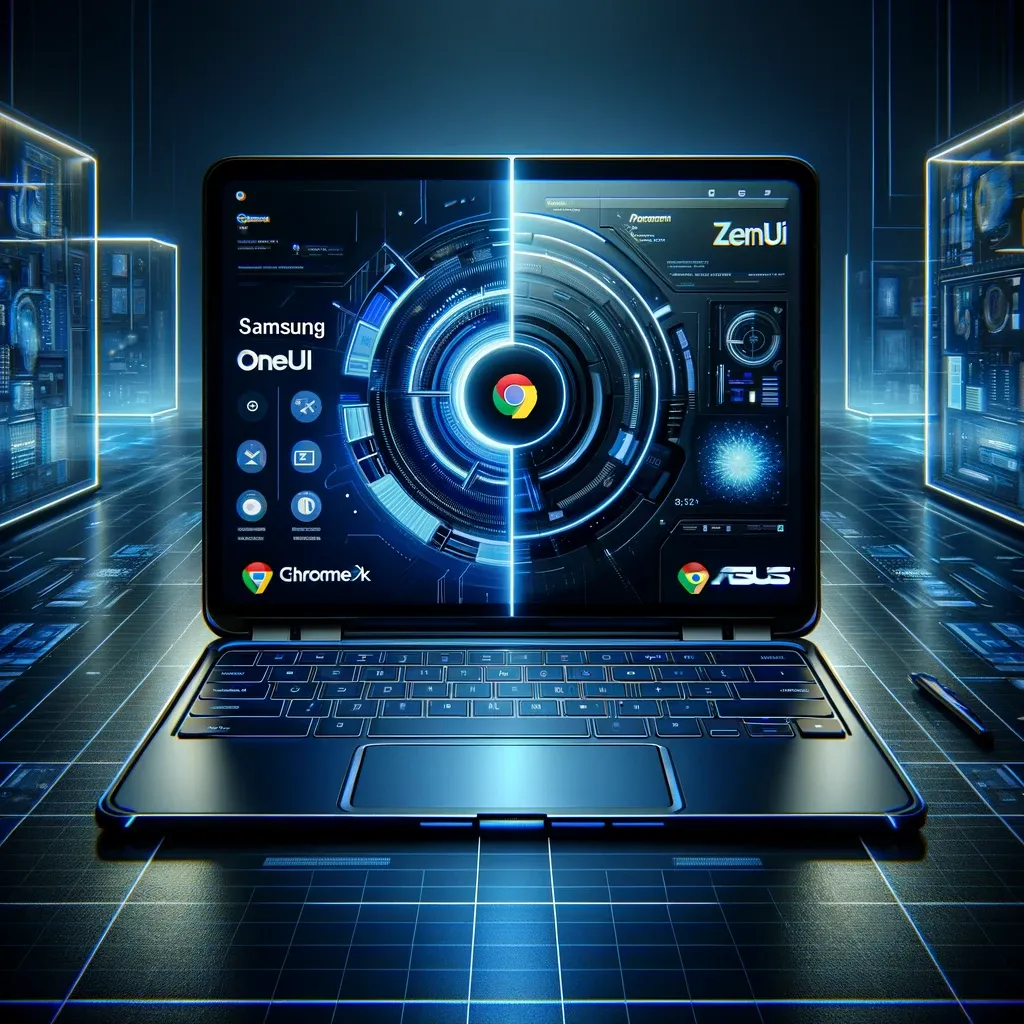Opinion - ChromeOS Cannot Succeed Unless It Embraces OEM Customizations

It should come as no surprise to anyone who frequents this website that I am a huge fan of ChromeOS. This blog post will likely ruffle some feathers in the ChromeOS world, but I really feel that ChromeOS, while a significant innovation in the tech industry, seems to have hit a plateau, particularly in its hardware development. Many computer manufacturers treat ChromeOS as an afterthought, often relegating it to budget devices and reserving their flagship hardware for Windows. This approach has led to a stagnation in the ChromeOS hardware landscape, limiting its potential reach and appeal. A solution to this stagnation could lie in allowing greater freedom for hardware manufacturers to introduce customizations and exclusive features, driving competition and offering consumers more choices.
The Stagnation of ChromeOS Hardware
The current ChromeOS hardware ecosystem lacks the diversity and innovation seen in Windows and macOS devices. This is partly due to the perception of ChromeOS as suited only for budget or educational purposes, leading to a cycle where manufacturers are hesitant to invest in high-end ChromeOS devices. This cycle stifles innovation and limits consumer options, impacting the overall growth and appeal of ChromeOS.
Potential of OEM Customizations
Allowing OEMs (Original Equipment Manufacturers) to introduce custom features and enhancements could be a game-changer for ChromeOS. Similar to how Android thrived by embracing a range of OEM customizations, ChromeOS could also benefit from this approach. It would encourage manufacturers to invest more in their ChromeOS devices, leading to a richer and more competitive market. These features can range from exclusive hardware features to software features or even full-on ChromeOS Skins (OneUI for ChromeOS).
Driving Competition and Consumer Choice
Customizations and exclusive features by OEMs could drive competition in the ChromeOS market. This competition would not only lead to better hardware but also drive software innovations, catering to a wider range of consumer needs and preferences. From high-end, feature-rich models to those optimized for specific tasks, the possibilities are vast.
Balancing Customization with ChromeOS's Core Values
While embracing OEM customizations offers numerous benefits, it's crucial to balance this with the core principles of ChromeOS's simplicity, speed, and security. Google would need to establish a framework that allows OEM creativity but also maintains the integrity and performance of ChromeOS, avoiding the pitfalls of fragmentation. Ideally, this should involve a framework similar to Project Mainline and Project Treble to ensure that these OEM modifications do not hold back core ChromeOS updates.
Lessons from Android's Success and Failures
Android's success story with OEM customizations provides valuable lessons. A managed approach, where customizations enhance rather than dilute the user experience, could be key. This approach would ensure that ChromeOS's identity and strengths are preserved while opening up new avenues for growth.
On the other hand, allowing for OEM customizations has also caused some problems with Android in the past, specifically when it comes to fragmentation of the Android Ecosystem. It has created a culture where OEMs can release hundreds of devices and only choose to provide a subset of these devices with regular updates, often leaving some devices to never get updates. This has also caused some OEM updates to mostly focus on their custom skin/software features rather than core operating system updates or security features; hence, there must be a policy in place to ensure that the priority will always be on the core operating system and security. To be fair, many OEMs such as Samsung and Motorola, have gotten far better at this than they have in the past.
Adding "Meat On The Bone" for OEMs (Bloatware)
I suspect one the reasons that OEMs are hesitant to release higher-end ChromeOS devices is that they are giving up a valuable revenue stream. We all hate when computer manufacturers load our computers up with trials of anti-virus products or pre-install trials for various services (known as bloatware) but like it or not, these are a valuable source of revenue that OEMs rely on to both offset the cost of their machines but increase their profits. It often does not matter whether people use these applications or uninstall them as soon as they first boot into Windows, the OEM still gets paid. These increased profits from bloatware alone would be a reason why a manufacturer might favor installing Windows over ChromeOS.
Conclusion
The future success of ChromeOS may well depend on its ability to evolve beyond its current constraints. By opening the doors to OEM customizations and exclusive features, ChromeOS could invigorate its hardware landscape, driving innovation, competition, and consumer choice. This approach, if managed well, could see ChromeOS break new ground, much like Android did in its domain. This change could have the potential to significantly expand the ChromeOS ecosystem and transform it from a vanity operating system into a major player.